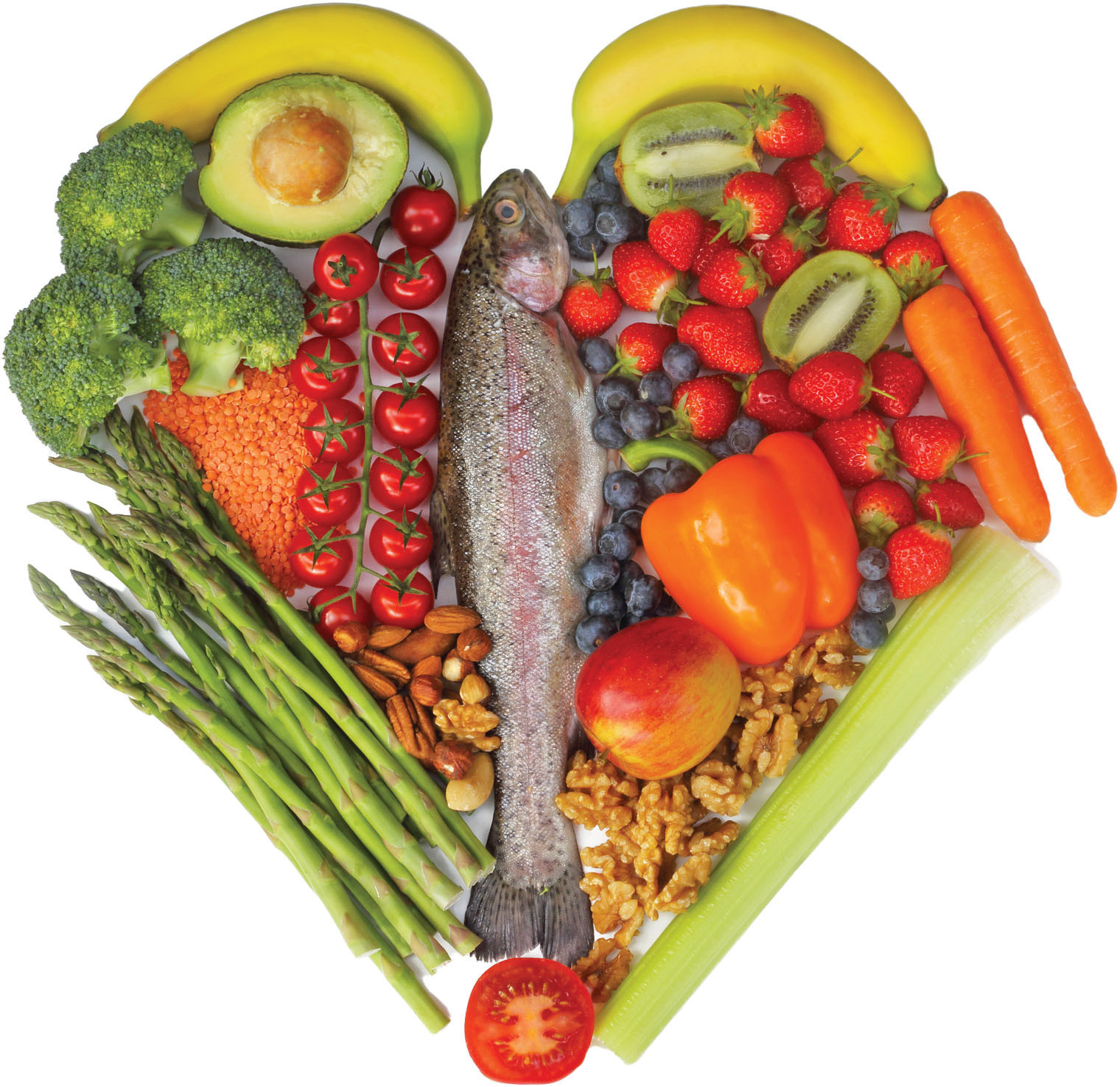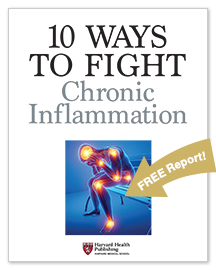
Hemoglobin A1c (HbA1c): What to know if you have diabetes or prediabetes or are at risk for these conditions

What could be causing your blurry vision?

Avocado nutrition: Health benefits and easy recipes

Swimming lessons save lives: What parents should know

Preventing and treating iliotibial (IT) band syndrome: Tips for pain-free movement

Wildfires: How to cope when smoke affects air quality and health

What can magnesium do for you and how much do you need?

Dry socket: Preventing and treating a painful condition that can occur after tooth extraction

What happens during sleep — and how to improve it

How is metastatic prostate cancer detected and treated in men over 70?
Heart Health Archive
Articles
Preventing repeat heart attacks: Mediterranean vs. low-fat diet
For people with heart disease, a Mediterranean diet prevents future heart problems better than a low-fat diet.
Happy heart syndrome: Even positive stress can affect the heart
Grief, fear, conflict, or other negative emotions can lead to an unusual type of heart attack, commonly known as broken heart syndrome. Rarely, positive emotions can also trigger the problem—and this "happy heart syndrome" may be more prevalent among men.
Meal of the month: Summer supper on the grill
A backyard barbeque can be a good way for people to include more vegetables in their evening meal. Good choices include whole portabella mushroom caps, asparagus, sweet peppers, onions, and zucchini.
Artificial intelligence: Advancing into cardiology
Machine learning, a key aspect of artificial intelligence (AI), may improve the diagnosis of heart disease by analyzing large amounts of data from chest CT scans, echocardiograms, and electrocardiograms. By recognizing patterns, the machine "learns" and becomes more accurate over time. Current projects include diagnosing coronary artery disease with stress echocardiography and detecting multiple heart rhythm disorders from electrocardiograms in different formats and layouts.
Why don't more people know CPR?
Fewer than half of people who experience cardiac arrest outside of a hospital receive CPR from someone nearby. Shorter, more accessible training and help from technology may encourage more people to learn and administer this lifesaving technique. Another potential barrier to performing CPR is not recognizing the symptoms of cardiac arrest. Common mistakes include pressing down on the stomach instead of the center of the chest, not compressing the chest deeply enough, or giving compressions that are either too fast or too slow.
How a fiber-rich diet promotes heart health
Fiber-rich diets may lower the risk of heart attack and stroke, in part by decreasing inflammation. This benefit appears to be facilitated by the breakdown of prebiotic fiber in the gut microbiome to create short-chain fatty acids. These compounds circulate through the bloodstream and interact with specific receptors on cells that quell inflammation. Short-chain fatty acids may also play a role in keeping blood sugar, blood pressure, and cholesterol levels in check, as well as helping to prevent harmful blood clotting.
Too little sleep may be hard on your heart
Not getting sufficient sleep may harm the cardiovascular system by triggering physiological and hormonal changes that increase blood pressure, blood sugar, and blood levels of substances that indicate inflammation. People who don't regularly get at least seven hours of sleep a night should assess their daily habits to look for ways to improve, such as by establishing an earlier bedtime and turning off all electronic devices at least an hour before bedtime.
A safer way to diagnose coronary artery disease?
Cardiac CT angiography (CCTA), a noninvasive test to check for clogged heart arteries, is now considered a first-line test for people with suspected heart disease. This test uses a CT scanner, which takes multiple, rapid x-rays that are merged together to create a detailed, three-dimensional view of the heart's arteries. CCTA appears to be just as effective as traditional angiography for detecting and preventing heart attacks, strokes, and death from heart disease, but with fewer procedure-related risks.
What happens during electrical cardioversion?
Electrical cardioversion is a procedure that uses low-energy shocks to convert a rapid or irregular heartbeat back to a normal rhythm. People remain asleep during the brief procedure, so they don't feel anything.
Meal of the month: A plate of pasta
Healthier alternatives to standard white pasta include spiralized vegetable "zoodles" (made from zucchini or yellow squash) as well as pasta made from whole-wheat flour, buckwheat flour, edamame (soybeans), chickpeas, or red lentils.

Hemoglobin A1c (HbA1c): What to know if you have diabetes or prediabetes or are at risk for these conditions

What could be causing your blurry vision?

Avocado nutrition: Health benefits and easy recipes

Swimming lessons save lives: What parents should know

Preventing and treating iliotibial (IT) band syndrome: Tips for pain-free movement

Wildfires: How to cope when smoke affects air quality and health

What can magnesium do for you and how much do you need?

Dry socket: Preventing and treating a painful condition that can occur after tooth extraction

What happens during sleep — and how to improve it

How is metastatic prostate cancer detected and treated in men over 70?
Free Healthbeat Signup
Get the latest in health news delivered to your inbox!
Sign Up











